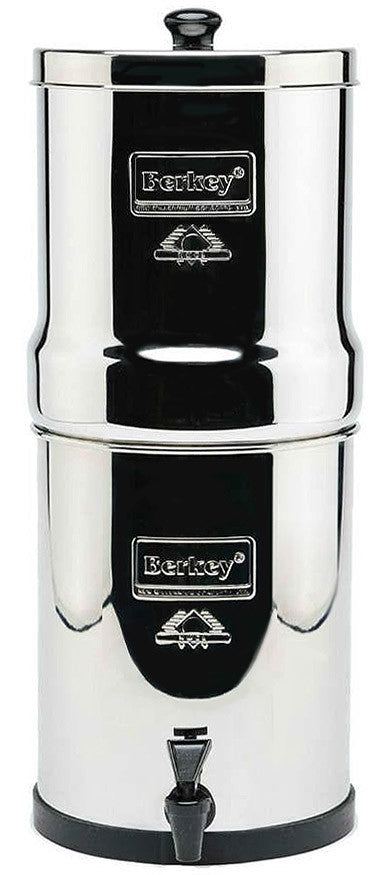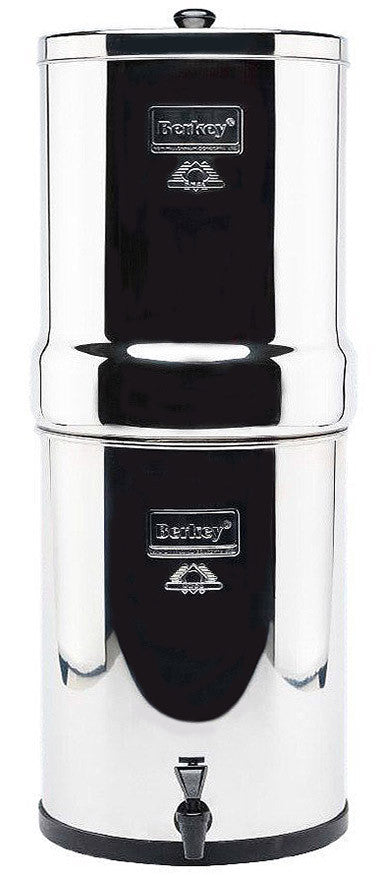
The City of Denmark, South Carolina, is expected to provide $2.3 million of the budget for upgrading its water distribution systems. This is after nearly two years of petitioning to disclose what is in their water.
Indeed, the distrust of the people of the water system stems from a history of residents' concerns about water in the City of Denmark.
Thus, this article will discuss HaloSan in the City of Denmark in more detail. We will discuss the country's history and its public water system.
We will also discuss its usage and its health effects on consumers.
Finally, we will discuss the upgrades to the City's water system.
History of HaloSan

In 2008, Denmark City added a HaloSan chemical to treat iron bacteria in one water system. The State Department of Health and Environmental Control (DHEC) approved this chemical.
According to the department, HaloSan was supported by the American National Standards Institute and the National Sanitation Foundation. They considered it safe for consumption.
For many years, HaloSan was used to disinfect the Cox Mill Well. However, concerns arise about whether the chemical is safe to use as a cleaning agent.
The DHEC’s website states that the product has been approved. However, in early 2018, it was discovered that the chemical was not registered or approved by the Environmental Protection Agency (EPA).
Today, the use of HaloSan is the focus of the two class-action lawsuits against the City of Denmark.
One of the lawsuits states that HaloSan is a disinfectant used to treat spas and pools. The EPA disapproved of using it to treat drinking water.
The EPA states that HaloSn did not undergo the necessary evaluations during the pesticide registration process, so it cannot confirm that the chemical is safe for disinfecting drinking water.
The city has stopped using HaloSan and shut down the Cox Mill well. However, people still do not trust the quality of Denmark's water.
For one, Denmark Cares believes the water is unsafe, even though the chemical has been removed. Questions remain about how the DHEC approved the chemical in the first place.
In April 2018, DHEC and researchers from the University of South Carolina studied the chemicals in Denmark's drinking water. They have found 25 different things, including manganese, lead, and iron. Somehow, the amount of these chemicals exceeds the EPA’s limit.
Denmark Public Water System
Again, the Denmark Public Water System is served by three groundwater wells. HaloSan was intermittently used in the fourth wall, the Cox Mill Well. They do this to control the iron bacteria.
This well was taken offline in August 2018 and has remained offline since then. Meanwhile, the water from the three wells is still being disinfected with chlorine to kill bacteria.
HaloSan in the Cox Mill Well
HaloSan was used to control the iron bacteria in the Coz Mill Well, 300 feet below the ground. The supplier designed and calibrated a small amount using an automated system. The active ingredient in HaloSan is bromochlorodimethylhydantoin.
In July 2018, a question was raised about whether HaloSan must be registered under the EPA Federal Insecticide, Fungicide, and Rodenticide Act (FIFRA). HaloSan has been classified as a pesticide since it was intended to kill bacteria.
As such, it is the supplier's responsibility to register their products with FIFRA.
The National Sanitation Foundation (NSF) has approved HaloSan for its intended use as a disinfectant. The State Drinking Water Regulations required this approval as a drinking water additive.
Health Effects of HaloSan

While the issue is under investigation, the health effects of HaloSan on the 3,000 residents exposed to it for ten years are still unclear. However, some residents blame the water for their illnesses.
HaloSan's Health Risk Assessment 2007 shows it can cause significant eye and skin irritations. It is also associated with other health issues, including itching, burning, skin rashes, discoloration, allergic reactions, and blistering.
One can also experience bleeding, allergic contact dermatitis, eye pain, swollen eyes, and irritation.
The EPA states that although HaloSan is used as a pesticide, its dosage still requires regulation. It was unclear if the dosage added to the drinking water system in Denmark was regulated or if the water had been filtered.
However, it is difficult to determine the potential health impacts of the water without knowing its concentration levels.
Indeed, it is very concerning that a toxic chemical has been added to drinking water, and its use is unregulated.
HaloSan and Disinfection Byproducts
Chlorine is a disinfectant that can kill disease-causing bacteria in water. However, disinfectants like bromine and chlorine can create water disinfection byproducts (DBPs) when excess organic matter is present.
DBPs are chemical compounds that may occur when a halogen-based disinfectant reacts with organic matter. Regulated DBPs include Haloacetic Acids and Total Trihalomethanes.
There is no unacceptable risk to human health as long as all disinfectants, such as HaloSan and chlorine, do not increase the concentration of DBPs beyond the concentrations listed by the EPA’s rule.
Upgrades in the Water Distribution of Denmark

According to the Mayor of the City of Denmark, the water they provide is safe to drink. They have never distributed water that was unsafe to their constituents.
In addition, the DHEC has always regulated the water in Denmark. Furthermore, the EPA has tested and approved HaloSan’s use.
Since Cox Mill Well is no longer in the system, iron bacteria are no longer a concern in Denmark. The authorities state that they must resort to other treatments if they reappear. However, they assured their people that it would not show up.
Today, the water is treated with chlorine gas, considered a standard treatment for well water.
The city is now focusing on its aging water distribution system, which has existed for around 75 years. To modernize it, the city is launching a website to share details on where nearly $2.3 million in upgrades will be implemented.
The upgrades include rehabilitating the water towers, replacing the water mains, and adding a new elevated storage tank with 500,000 gallons of capacity. The three remaining wells in Denmark will also be upgraded.
Meanwhile, the South Carolina Rural Water Association, which helps rural communities upgrade their aging water systems, provided the grant funding.
← Older Post Newer Post →





